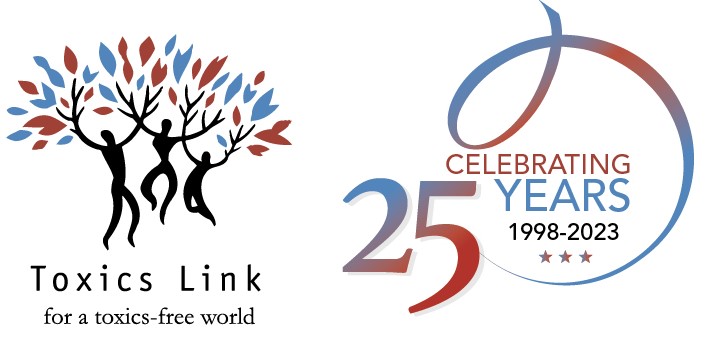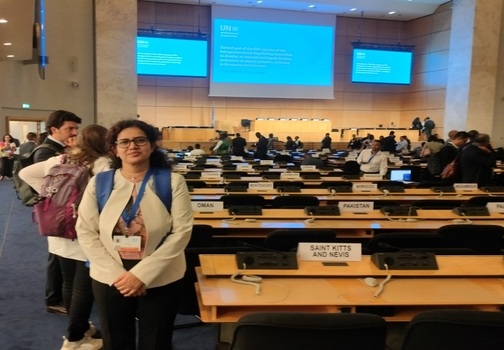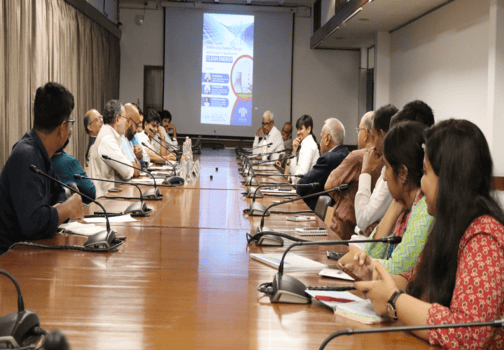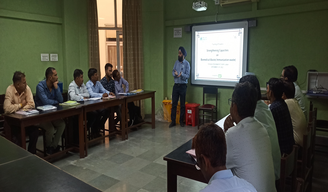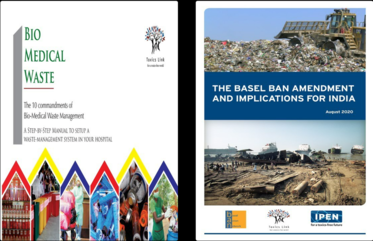Population of vultures
ENVERNMENT OF INDIA
MINISTRY OF ENVIRONMENT, FOREST AND CLIMATE CHANGE
RAJYA SABHA
UNSTARRED QUESTION NO. 1176
TO BE ANSWERED ON 05.12.2024
Population of vultures
1176. SMT. SAGARIKA GHOSE:
Will the Minister of ENVIRONMENT, FOREST AND CLIMATE CHANGE be pleased to state:
(a) the population of vultures in the country based on their species and region of habitat;
(b) whether Government plans to introduce new schemes to aid the population recovery of
vultures in the country;
(c) if so, the details thereof, if not, the reasons therefor; and
(d) the manner in which Government plans to eradicate the illegal use of Diclofenac which is
illegally sold in the country and has led to the severe population decline of vultures in the past?
ANSWER
MINISTER OF STATE IN THE MINISTRY OF ENVIRONMENT, FOREST AND CLIMATE CHANGE
(SHRI KIRTI VARDHAN SINGH)
(a) Nine species of vultures are recorded from India. The population of the vultures in India in specific regions and habitats is not assessed. However, States/Union Territories carry out population assessment of vultures in their respective States/Union Territories at different times, which is not collated at the level of the Ministry. As per the details available with the Ministry, the estimated population of vultures in India is as follows:
Name of the species Estimated population (2017)
Long-billed Vulture (Gyps indicus) 26,500
Slender-billed Vulture (Gyps tenuirostris 1000
White-backed Vulture (Gyps bengalensis) 6000
(b) and (c) The Ministry of Environment, Forest and Climate Change and Central Zoo Authority, in collaboration with state governments have established vulture breeding centersunder the species recovery programme. These facilities are dedicated to breedingcritically endangered vulture species such as the Long-billed Vulture, White-backedVulture, and Slender-billed Vulture. Notable breeding centers include the PinjoreVulture Breeding Centre in Haryana, Rajabhatkhawa Vulture Conservation BreedingCentre in West Bengal, etc., where vultures are raised in captivity and subsequently released into natural habitats.
(d) In August 2006, the Drugs Controller General of India banned the use, sale andmanufacture of veterinary diclofenac. The Government of India has restricted the vialsize of the drug diclofenac to 3ml to prevent its misuse in treating livestock. A number of steps have been taken by the Government to prevent the misuse of Diclofenac which include:
i. The Government through a Gazette notification no G.S.R 558 (E) dated 17th July, 2015 has restricted the packaging of multi-dose vial of Diclofenac to single dose for human use.
ii. The alternative drug for veterinary use – Meloxicam and Tolfenamic acid found safe to vultures is now widely used across the country.
iii. No over-counter sale of veterinary non-steroidal anti-inflammatory drugs without prescription; pharmacy surveys to check for sale of diclofenac drugs for veterinary use; targeted advocacy and awareness programmes, etc. are also undertaken.
